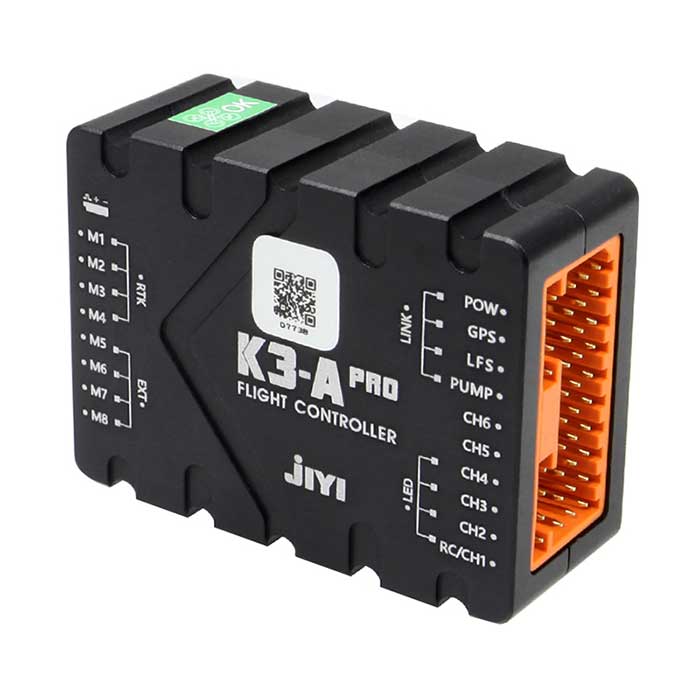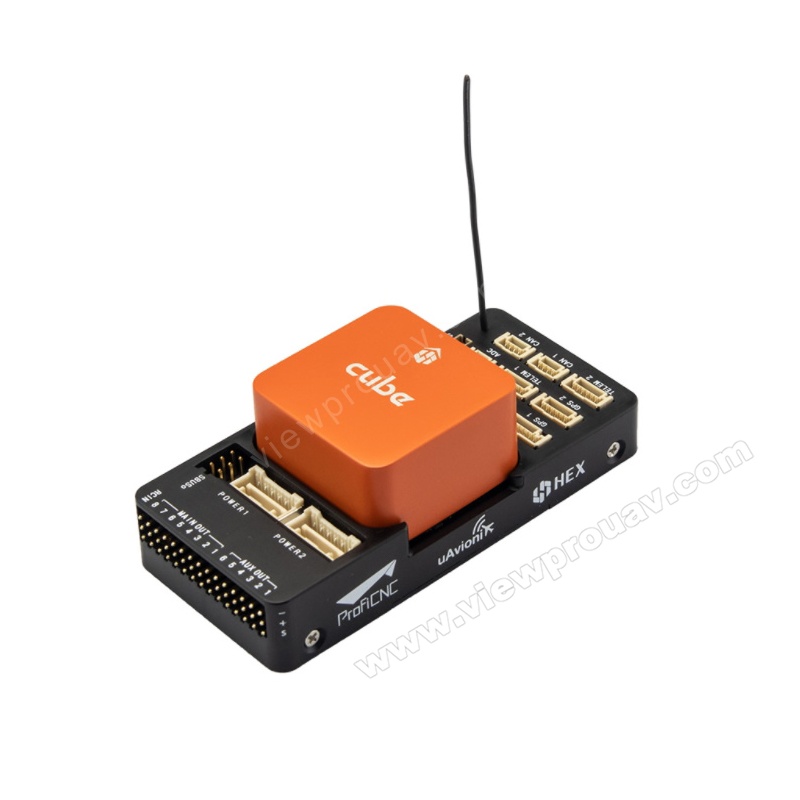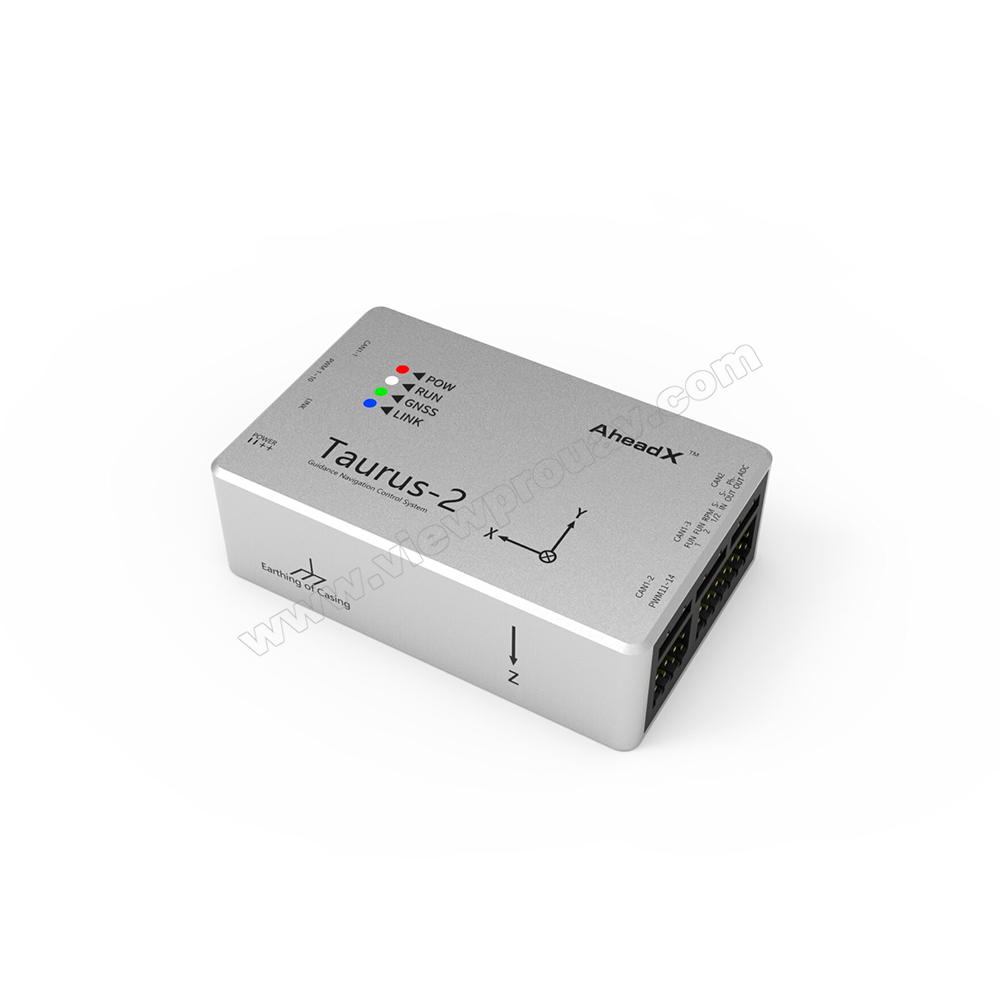A Comprehensive Guide to Choosing the Right Drone Flight Controller for Your Unmanned Airborne Car Demands
Picking an appropriate flight controller for your unmanned aerial automobile is a crucial choice that can substantially influence its functional capacities and overall performance. Numerous elements, including the sort of UAV you are making use of and your intended application, have to be carefully examined. Key functions such as processing power, sensor compatibility, and telemetry options play an important role in ensuring efficient integration. As the landscape of offered alternatives broadens, recognizing these aspects ends up being increasingly crucial for attaining your UAV objectives. The concern remains: what requirements should lead your selection procedure to make sure optimal performance?
Understanding Flight Controller Types
When diving right into the globe of drone innovation, recognizing the numerous sorts of flight controllers is vital for selecting the ideal one for your needs. Flight controllers act as the brain of the drone, managing its flight dynamics and supporting the airplane throughout operation.

Alternatively, fixed-wing flight controllers are tailored for drones with conventional wing frameworks, resembling airplanes - SparkNavi drone flight controller and GNSS/INS made in taiwan. These controllers concentrate on maximizing long-duration trip and fuel performance, as they permit sliding and need less power compared to multi-rotor systems
Furthermore, there are hybrid controllers that incorporate features of both types, dealing with versatile applications. Choosing the suitable flight controller involves evaluating your drone's style, intended use, and needed performance, establishing a foundational understanding that is crucial for successful drone procedure.
Secret Functions to Take Into Consideration
Assessing the key functions of a trip controller is vital for making sure optimal efficiency and compatibility with your drone's design and designated applications. Among the foremost aspects to consider is the controller's handling power. A higher processing rate enables quicker reaction times and far better handling of intricate maneuvers, specifically in high-stress atmospheres.
Another considerable attribute is the variety of sustained peripherals and sensors. Advanced trip controllers often sustain several sensors, such as general practitioner, accelerometers, and gyroscopes, enhancing flight stability and accuracy. In addition, the accessibility of telemetry support is vital for real-time data transmission back to the driver, which aids in keeping track of drone performance.

Last but not least, the size and weight of the flight controller should align with your drone's requirements, making certain that it does not endanger trip performance. By carefully assessing these crucial features, you can select a trip controller that fulfills your UAV's operational needs and improves its abilities.
Compatibility With Your UAV
Guaranteeing compatibility in between your flight controller and UAV is crucial for achieving seamless operation and optimum performance (SparkNavi drone flight controller and GNSS/INS made in taiwan). The integration of these 2 components can dramatically affect flight stability, control responsiveness, and general functionality. When selecting a trip controller, it is essential to verify that it sustains the specific arrangement and requirements of your UAV, including its size, weight, and desired applications
Beginning by assessing the communication methods utilized by both the flight controller and your UAV. Typical protocols include PWM, PPM, and S.Bus, which assist in the transmission of signals between components. In addition, consider the power demands of the trip controller and make certain that your UAV's power circulation system can adequately supply the essential voltage and current.
One more crucial variable is the physical measurements site web and installing alternatives. The flight controller ought to fit safely within your UAV's frame, permitting reliable air flow and defense from outside components. Finally, examine the compatibility with other onboard systems such as GPS, telemetry, and electronic cameras, as these assimilations can enhance the capacities of your UAV and add to an extra sophisticated flying experience.
Popular Trip Controller Brands

One of the most acknowledged brands is DJI, known for its straightforward interfaces and advanced stabilization modern technology. DJI flight controllers are frequently chosen for commercial applications due to their dependability and substantial support ecosystem. One more significant gamer is Pixhawk, an open-source system that permits comprehensive personalization and flexibility, making it popular amongst enthusiasts and researchers.
Kiss and Betaflight have acquired traction Visit This Link within the racing drone community for their lightweight, high-performance controllers that focus on speed and responsiveness. At the same time, Vector and APM supply robust remedies that accommodate both recreation and specialist UAV demands, flaunting innovative functions like independent flight capacities.
Finally, the surge of brand names like Holybro and Matek has presented innovative, affordable choices that do not endanger efficiency. Each brand presents distinct benefits, making it essential for individuals to examine their specific demands and select a trip controller that lines up with their functional goals.
Tips for Installment and Arrangement
Choosing the ideal trip controller is just the start; appropriate installment and setup are crucial to taking full advantage of efficiency and ensuring the drone operates as meant. Begin by meticulously checking out the supplier's guidelines, as each trip controller might have particular needs. Ensure that all elements work, consisting of the escs, electric motors, and batteries, to stay clear of performance issues.
.jpg)
When setting up the trip controller, secure it firmly to the drone structure, ideally in a vibration-dampened manner to reduce sound interference - SparkNavi drone flight controller and GNSS/INS made in taiwan. Position the controller in such a way that permits ideal general practitioners function, commonly with a clear view of the skies. Attach all necessary circuitry systematically, taking Read Full Report note of color codes and pin designs to stop misconfiguration
Make use of the producer's software application devices to adjust the controller, making certain that all sensors, including gyroscopes and accelerometers, are appropriately set up. It is a good idea to perform a pre-flight check to execute and verify settings test trips in a safe, open area.
Verdict
Finally, picking the appropriate drone trip controller is important for maximizing the performance and capability of unmanned airborne automobiles. By comprehending flight controller types, examining trick functions, and making certain compatibility with particular UAV setups, individuals can make informed decisions. In addition, knowledge with popular brand names and adherence to installation standards will certainly facilitate smooth integration and trustworthy procedure. Careful factor to consider of these factors inevitably improves the general efficiency of UAV applications across numerous industries.
There are primarily 2 categories of trip controllers: fixed-wing and multi-rotor controllers.Examining the key functions of a flight controller is critical for making sure optimum performance and compatibility with your drone's layout and intended applications. Advanced flight controllers frequently sustain numerous sensors, such as General practitioner, accelerometers, and gyroscopes, improving flight stability and accuracy.Selecting the best flight controller is just the beginning; correct installment and arrangement are important to maximizing performance and ensuring the drone runs as intended.In final thought, choosing the proper drone flight controller is important for taking full advantage of the performance and performance of unmanned aerial lorries.